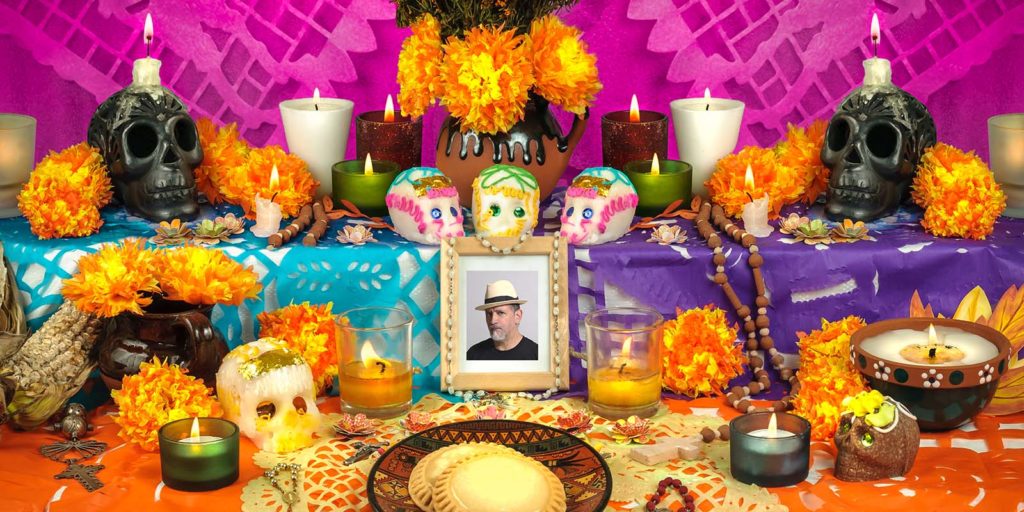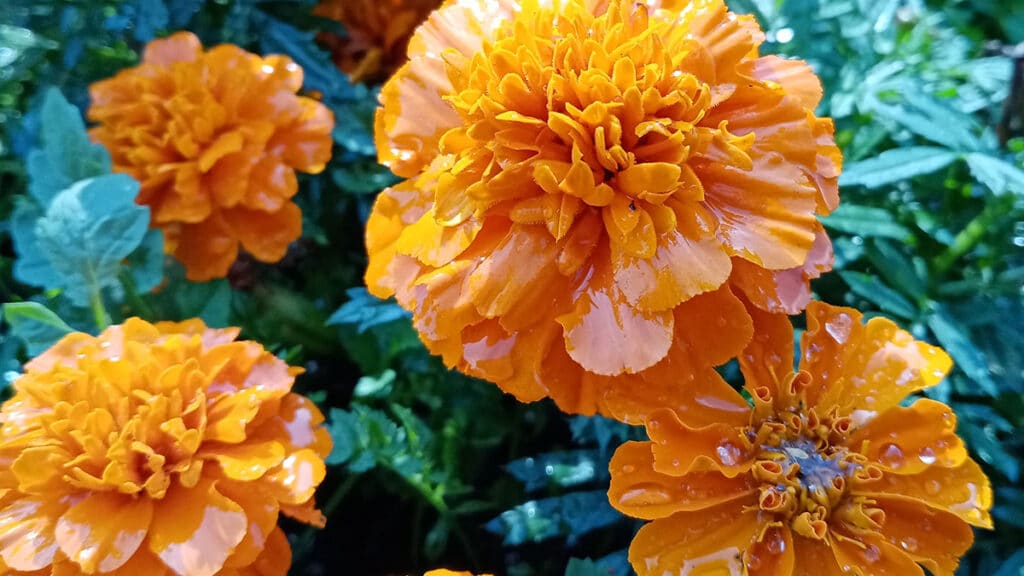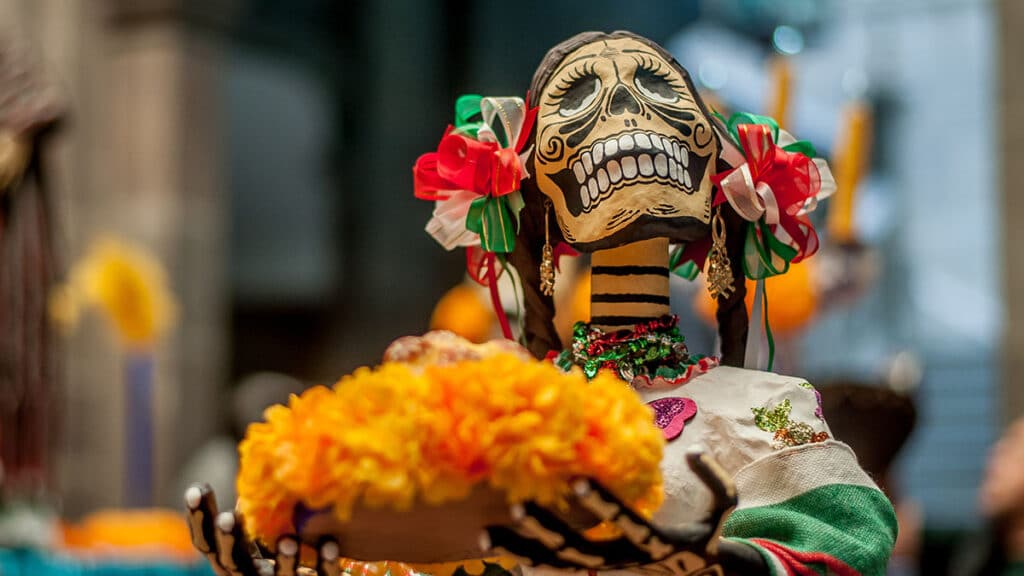
Mexican Día de los Muertos has gone global, but Day of the Dead is a pan-Latin celebration of family. You live as long as someone remembers you, and we never forget family.
It’s All Souls Day in Europe, Día de Muertos in Mexico, Día de los Muertos in the USA, Fèt Gede in Haiti, and Dia de Finados in Brazil, but many cultures have their own unique names and traditions.
Day of the Dead, Día de los Muertos is a Blend of Many Traditions
Day of the Dead imagery may look frightening, but there is nothing to be scared of. It’s a beautiful family tradition of ancestral veneration.
Mictlancihuatl
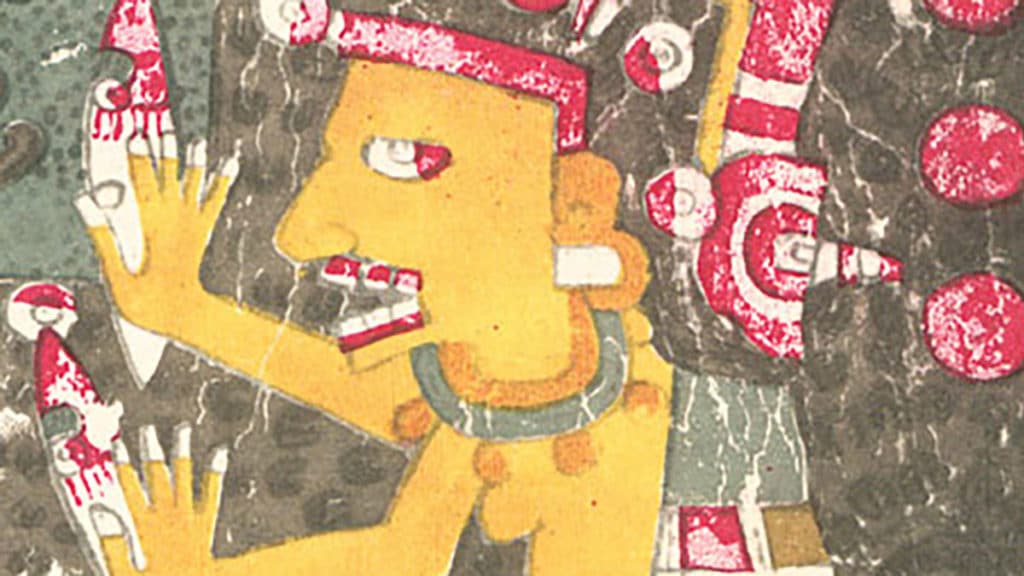
Mictlancihuatl, is the Mesoamerican Goddess of the Underworld
The Aztecs and other Indigenous Peoples had a profound relationship with death, but in their own way. To the Aztecs, death was reality, and life was just a dream.
The Aztecs worshipped Mictlancihuatl, the goddess of the underworld. The Aztec underworld wasn’t the Christian hell. It was just the other side of life. Mictlancihuatl is responsible for the cycle of night and day. In the morning she opens her mouth and swallows the stars so the sun can make its journey.
Skull Racks
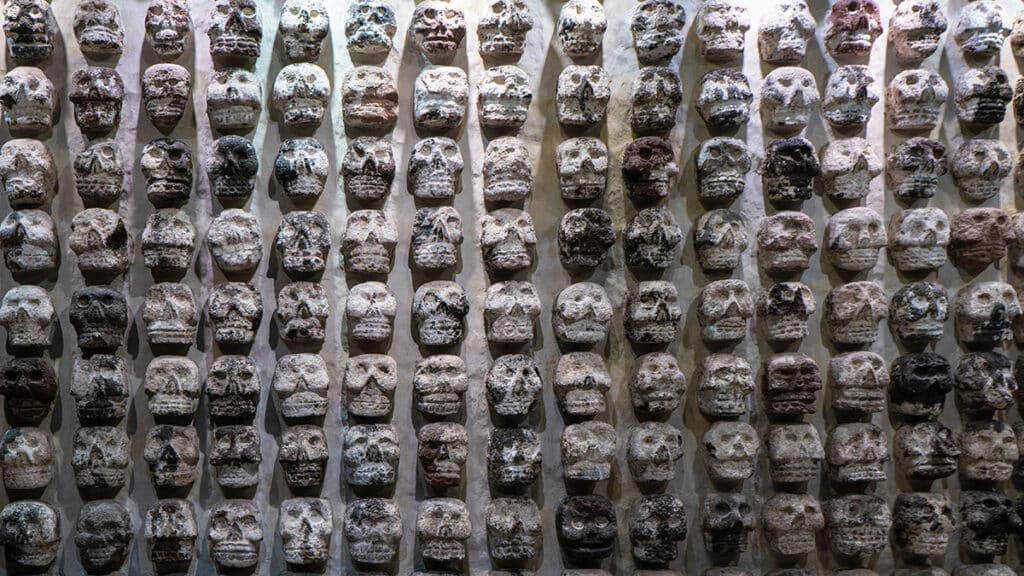
Like many ancient cultures around the world, peoples in some parts of Mexico, especially the south, used to keep family skeletons in the house. There was nothing bad or scary about it. Ancestral veneration used to be everywhere. If you had a problem, you could talk it over with grandma’s bones. Knowing she was present and watching over you, probably gave some comfort and helped you stay focused on being responsible.
Skeletons in the house freaked out Colonial Christian priests (although Christian catacombs are basically the same thing), so they discouraged the practice. Colonial Christians believed that baptizing everyone on Earth would trigger the apocalyptic end of days, followed by the return of Christ. They would do anything to baptize you, including burning you at the stake. Being allied with the military, priests forced people to celebrate the Christian All Saints Day and All Souls Day instead of the old ways.
Europe’s Le Danse Macabre
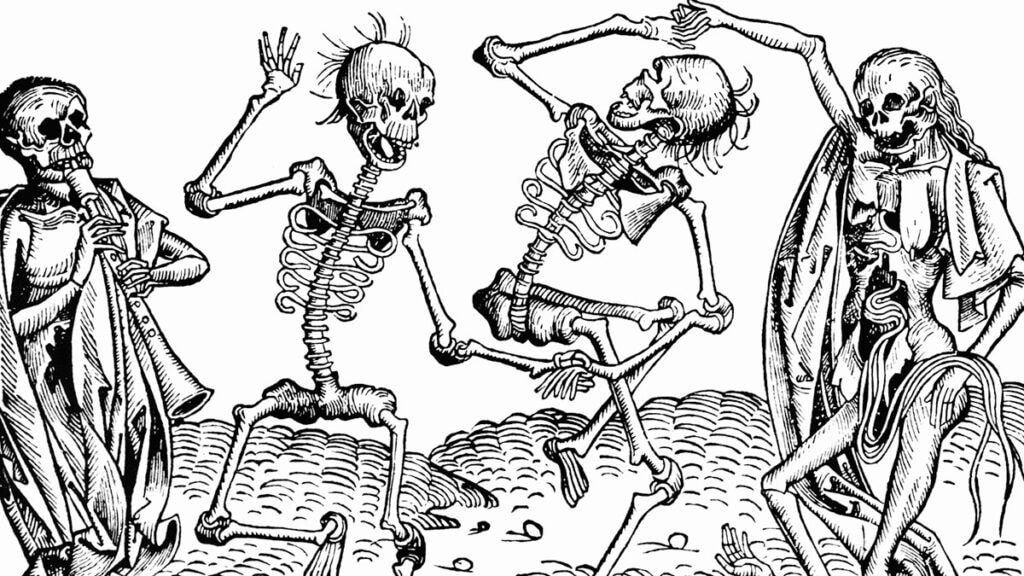
The icons of Mexico’s Day of the Dead are more clearly patterned after Europe’s Danse Macabre than Indigenous traditions. Europe’s Dance of Death was an artistic reminder of the presence of death in art, architecture, and community festival theatre. Humans make up stories to try and explain the great mysteries of nature.
In ancient times, death was much more present than it is today. The Danse Macabre got a big boost in popularity after the Black Death (bubonic plague) the most deadly pandemic in history, killed around 100 million or more people in Europe between 1346 and 1353. Having just gone through a pandemic of our own, we have some idea of the fear that generates. The anger and violence in the world lately is probably encouraged in part by the fear and isolation of the Covid-19 pandemic.
Religious leaders use the fear of death to promote their own businesses. It’s silly, but effective marketing because death is the only certainty of life.
Indigenismo
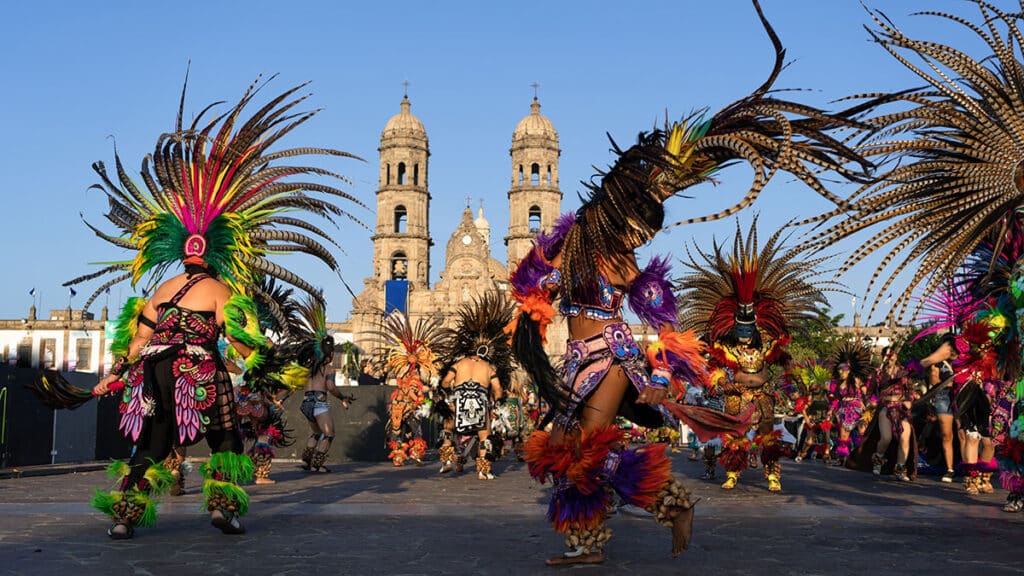
Mexico’s Day of the Dead tradition was long considered to be a blend of Hispanic and Indigenous traditions, but scholars now think the Indigenous association derives from Mexico’s Indigenismo movement of the 1920s.
Indigenismo was Mexico’s post-Revolution rebranding as an Indigenous nation, a break from the political corruption and peasant dislocation by the elite during the long Porfirio Díaz presidency. It’s part of Mexico’s national story. All nations have those stories which are used to unify diverse peoples into a nation.
After the Mexican Revolution of 1910-1920, people turned away from European-style government corruption and the new Mexican government promoted Day of the Dead as a way of unifying the country around its new order. So the Indigenous connection is neo-Indigenous.
Catrina la Calavera Garbancera
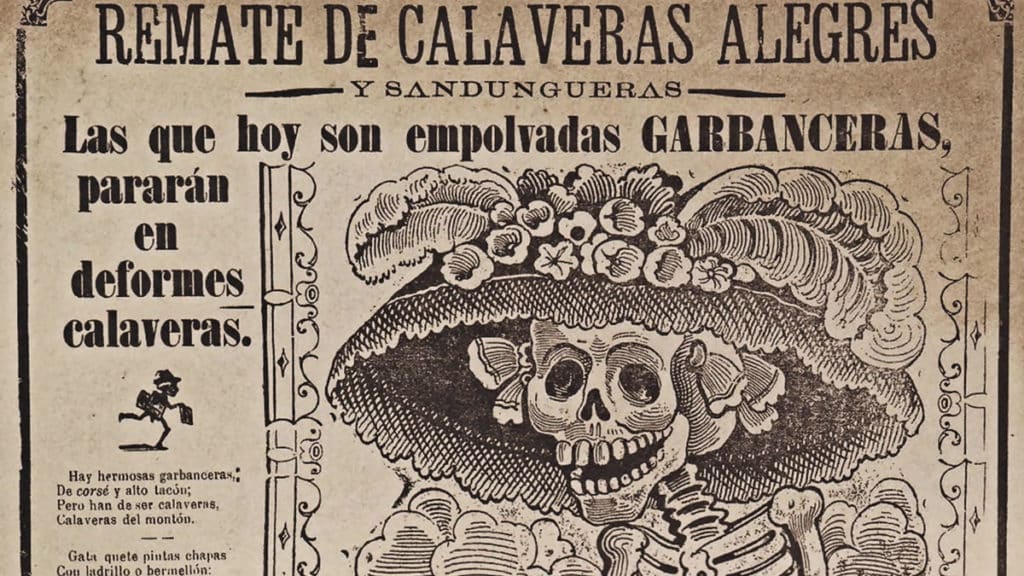
An etching by José Posada published in the 1930 contained a character called “Catrina la Calavera Garbancera.” “Calavera” means skull in Spanish. A “garbancera” is an Indigenous person (a Mexican) who pretends to be European and denies their own heritage. European-born colonizers and their “criollo” Americas-born children received the highest status and social benefits, so it’s understandable that people would try to copy that. Many still do, although now is the time to be proud of our heritage ~ all of it. Nobody is better than anyone else. The Europeans just had guns and were more violent than anyone else. That’s not something to be proud of.
Diego Rivera
In 1945-47, the great Mexican muralist Diego Rivera painted a mural of famous Mexicans in a hotel restaurant next to the Alameda Central Park in Mexico City. He included himself, his wife Frida Kahlo, and La Calavera Garbancera. “Sueño de una tarde dominical en la Alameda Central” (Dream of a Sunday Afternoon in the Alameda Central) made Posada’s Catrina even more famous.
Tending Family Graves
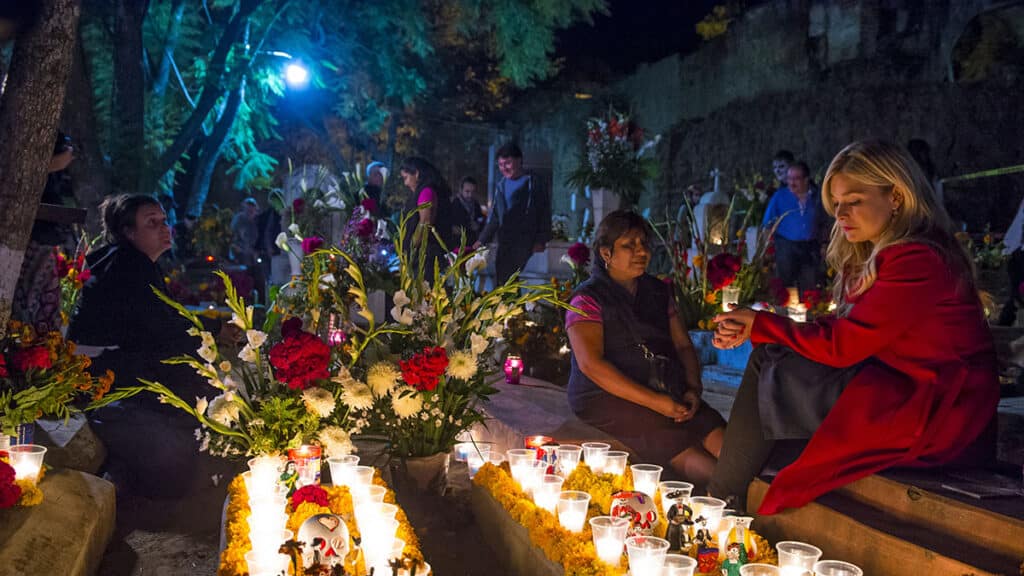
So on All Souls Day, November 2, families tend and decorate their ancestral graves. To avoid thievery, someone would spend the night in the cemetery. This evolved into the rich Day of the Dead tradition in some parts of Mexico.
Halloween Face Painting
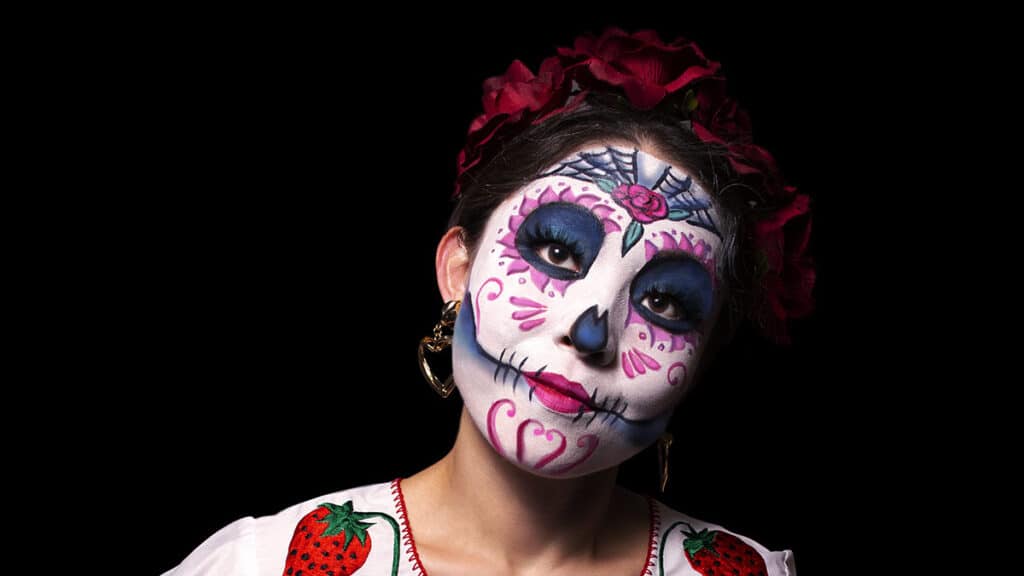
Mexico and the United States are neighbors and sister countries. The western two-thirds of the United States used to be New Spain and then Mexico, so we have a lot in common. Mexicans used to travel north in spring to work in the farms, and returned home to celebrate Christmas with their families. They brought American Halloween traditions with them. In Baja, Mexico, little kids used to approach you, hold out their hands and say, “Halloween” instead of “Trick-or-Treat.” So cute.
Mexicans took up the American costume face-painting tradition by painting their faces as Catrina.
The Day of the Dead Parade in Mexico City
In 2015, the James Bond movie “Spectre” begins with a fictionalized Day of the Dead Parade in El Zócalo, Mexico City’s main square. The next year, tourists showed up and asked for the parade. So the next year, the City started the parade.
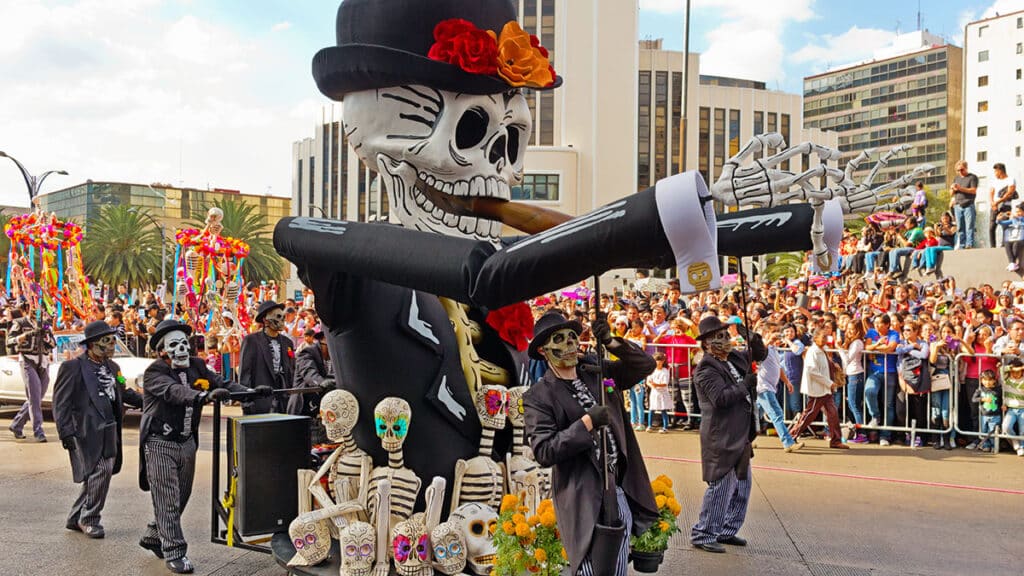
“Coco” The Day of the Dead Movie
Pixar Animation’s “Coco” (2017), is Disney’s Day of the Dead movie. Disney can be hit or miss, but it really got the tradition right in this film. It’s a great introduction for children (a big kids too).
New York City’s own Javier Dzul of Dzul Dance worked on the film. Dzul is a great Mexican contemporary dancer, contorionist, and aerialist who was raised in the Mexican jungles as a Mayan ritual dancer. He is the real thing, maybe one of the last.
On the Day of the Dead, May You Always be Remembered
So Mexico’s Day of the Dead, Día de los Muertos tradition is a blend of Mexican Indigenismo, European, Colonial Spanish, and U.S. American culture. That’s so true that even the Spanish name used in the United States is an Americanized version of the holiday’s name in Mexico. “Día de Muertos” got translated as “Day of the Dead” and retranslated back into Spanish as “Día de los Muertos.” The “los” comes from the English translation.
Regardless, Mexican Day of the Dead is a beautiful blend of cultures that is beloved around the world.
For Day of the Dead events in New York City, click here. Feliz Día de los Muertos, and may you always be remembered!

